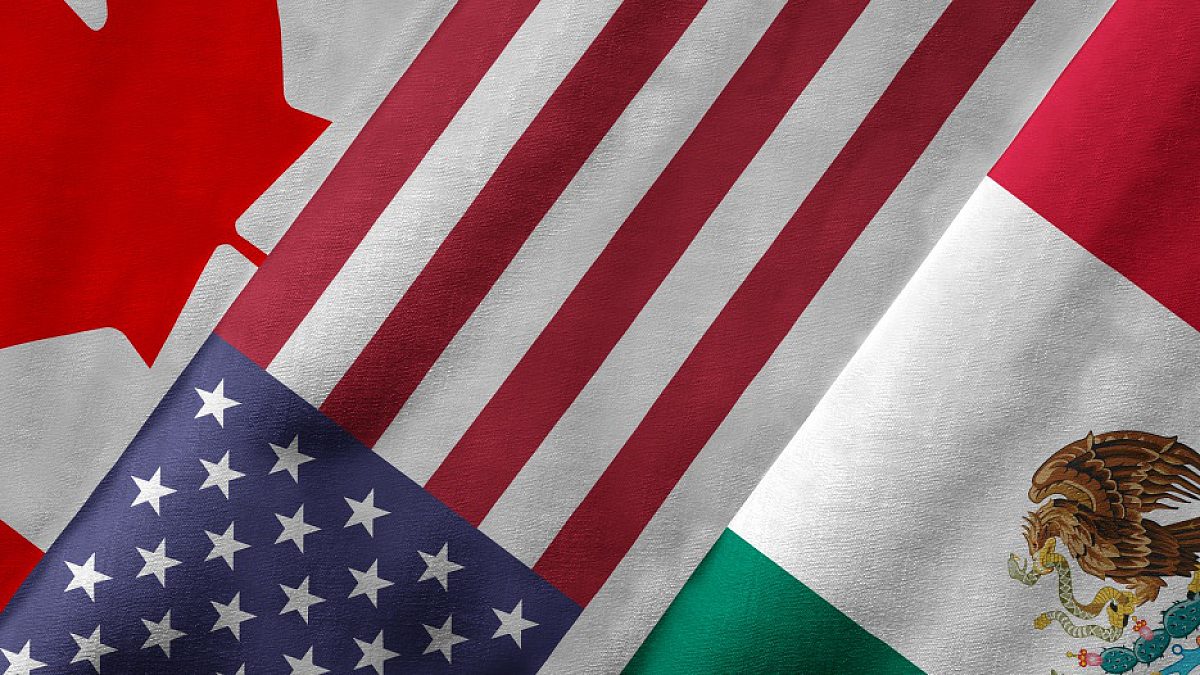Farmers and Ranchers Need USMCA
TOPICS
USMCAZippy Duvall
President

photo credit: iStockPhoto
Zippy Duvall
President
Farmers and ranchers are anxiously awaiting the news that the U.S.-Mexico-Canada Agreement is on its way to Congress for a vote of ratification, and that Congress will get it done quickly. Nearly every day, the question comes up in conversations with farmers and Farm Bureau leaders: When is USMCA going to get done?
USMCA was signed by all three countries almost exactly one year ago—on November 30, 2018. In the months since then, the Trump Administration and House Speaker Nancy Pelosi and others in Congress have been negotiating the details of congressional consideration, and we keep hearing that they’re close to a decision about how to move things forward.
Approving USMCA would be a win for Congress and, more importantly, a win for American agriculture. The trade climate has been turbulent to say the least. Congress has an opportunity to calm the storm and bring some certainty to our trade outlook. Approving USMCA will show the world that the United States is back in business in the global marketplace.
Approving USMCA would be a win for Congress and, more importantly, a win for American agriculture.
I’ll be the first to admit that our initial goal in the negotiations to replace the North American Free Trade Agreement was simply to “do no harm,” or at least to keep the gains that we have made over the past 26 years under NAFTA, with agricultural exports quadrupling from $8 billion a year to $38 billion to Canada and Mexico. But as the negotiations went on and the final USMCA deal was announced, it became clear that we had opportunities to make major improvements for U.S. farmers and ranchers.
First, the agreement is expected to grow U.S. exports by $2 billion a year. Any market growth is music to our ears these days!
Second, it will fix longstanding problems faced by U.S. dairy products in accessing Canada’s market, with an expected 3.6% of additional market access for U.S. dairy exports. Wheat also would see fairer treatment under USMCA, thanks to an agreement in USMCA to grade U.S. wheat no less favorably than Canadian wheat.
Looking south, Mexico and the U.S. agreed that all grading standards to agricultural products will be non-discriminatory.
The USMCA would enhance science-based standards among all three nations for animal and health safety issues that come up in international trade.
And, for a first for any trade agreement, USMCA strikes a balance on geographic indications—food names that are protected based on where the food traditionally has been grown or produced. USMCA recognizes the importance of protecting certain products through geographic indications that have been used for a long time to indicate their uniqueness, while including commitments to ensure that geographic indications aren’t abused and don’t hinder any country’s ability to use more-common food names.
Another first: the agreement includes measures to ensure cooperation and information sharing among all three nations concerning agricultural biotechnology and gene editing. Back in 1993, when NAFTA went into effect, today’s biotech and gene editing advancements were hardly imaginable. We all know that a lot has changed with agricultural technology and technology in general over the past almost-three-decades.
Finally, the U.S. and Mexico signed a side agreement in September to prevent dumping of underpriced tomatoes on the U.S. market, resolving a long-running trade conflict that harmed farmers in Florida and other parts of the Southeast. Further balancing the scales between the U.S. and Mexico is new language on enforceable labor standards and wages, making working conditions better for those in Mexico and lowering the chance that cheap labor south of the border will kill good-paying jobs here in the U.S.
Our farmers and ranchers need a trade win. Congress has a chance to win by delivering it!
Zippy Duvall
President
Vincent “Zippy” Duvall, a poultry, cattle and hay producer from Greene County, Georgia, is the 12th president of the American Farm Bureau Federation.